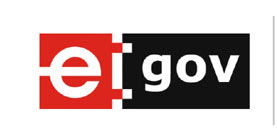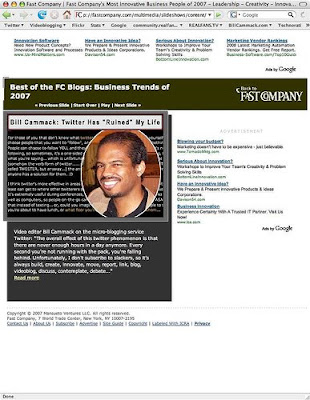 E-Government refers to the use of internet technology as a platform for exchanging information, providing services and transacting with citizens, businesses, and other arms of government. e-Government may be applied by the legislature, judiciary, or administration, in order to improve internal efficiency, the delivery of public services, or processes of democratic governance.
E-Government refers to the use of internet technology as a platform for exchanging information, providing services and transacting with citizens, businesses, and other arms of government. e-Government may be applied by the legislature, judiciary, or administration, in order to improve internal efficiency, the delivery of public services, or processes of democratic governance.Current applications of e-government in Malaysia are e-filling, Renewing Road Tax & Diving License Online, KWSP’s i-Akuan, E-Perolehan. NEW PROJECT MONITORING SYSTEM (NPMS) is an e-government application system designed to monitor and facilitate evaluation of all development programmes and projects via the SarawakNet infrastructure. The State Government will be launching the NPMS in the middle of this year to monitor the implementation of all State Funded projects under the Ninth Malaysia Plan (9MP).This new system is developed to address the weaknesses of the present online monitoring system, the System for Project Implementation Monitoring (SPIM).
This new system is formulated and developed based on a bottom-up approach whereby the users of the system, albeit the implementing agencies themselves, will determine their own monitoring requirement at the project, branch office, Headquarters and Ministry level. The State Government will be launching the NPMS in the middle of this year to monitor the implementation of all State Funded projects under the Ninth Malaysia Plan (9MP).
There are five ways to encourage more citizens to use the e-government application. There are making it mandatory, create incentives to move to the digital channel, advertise, form partnerships with the private sector, and change the culture.










